
From Gutenberg to Gigabytes
From Gutenberg to Gigabytes
A 3 Part Series
PART 2 of 3
Chapter 2: The Page Turns: The Dynamic Journey of Printing Technology
Charting the Course of Publishing Breakthroughs
In article one of this series, How the Publishing Industry Got Started, we saw that technological innovation from 1550 to the beginning of the 18th century was the key driver in developing the publishing industry. However, although technology continues to advance, it has disproportionately favoured publishers and printers over authors, resulting in a financially unstable situation for most authors unless they assume the responsibility of marketing and promoting their own books themselves.
In this article, we will discuss how advances in technology from the 18th century brought about some surprising changes in the marketing of books in the 20th century and how these changes laid the foundation for the digital revolution of the 21st century which is now upon us.
In article 3, The Digital Revolution and Globalization of the Book Market, we discuss what that means for authors and the publishing industry and how that will affect the future of book marketing.
The Print Revolution: Innovations That Redefined an Era
The Publishing Industry took the Opposite Approach to Henry Ford

At first, changes in innovation were slow. The wooden press used by Gutenberg remained dominant for over 300 years, printing 200 to 250 sheets per hour on one side.
As governments and industry addressed the issues of literacy and distribution, publishers could live with the number of books being printed, so there was little pressure to develop new marketing strategies.
However, after the Industrial Revolution, which ushered in improvements in education, standards of living, including disposable income and leisure time, book marketing strategies gained momentum.
In this series, I aim to highlight, by tracing the history of innovation and the strategies employed by publishers, that authors have not benefited as much as they could have. Historically, publishers have reacted to technological advancements rather than initiating them. Instead of being the driving force behind technological progress, they have been quick to adopt new technologies as they appear, leveraging them as soon as they become accessible without actively encouraging further innovation.
This reactive approach has indeed provided publishers with certain advantages, such as cheaper and faster printing, improved efficiency and expanded distribution networks. However, publishers have seldom translated these advantages into enhanced support or increased earnings for authors, with the notable exception of those who have already achieved considerable fame.
Thus, until the 18th century, the printing process remained a rudimentary technology and marketing strategies changed little while book sales benefited from word of mouth and the methods outlined before
The Impact of the Industrial Revolution on Printing & Publishing
The Industrial Revolution sparked a surge in innovation. Industrialisation and mass production became the new religion and had a major impact on the printing industry.
Metal Presses, Steam and Cylinders Revolutionise Printing
First, the development of metal presses revolutionised the printing process by enabling mass production and better results in the late 18th century
The widespread adoption of steam engines in the 18th and 19th centuries continued the transformation of industries across the globe. Steam-powered printing presses significantly improved the speed and efficiency of book and newspaper production.
But the key innovation was the incorporation of cylinders in metal presses. This innovation allowed for consistent quality and standardised formats, which contributed to the development of modern typography and layout.
The invention of the industrial cylinder press by Friedrich Koenig in the early 1800s transformed the power of print.
One statistic that illustrates the impact of this innovation is that traditional flatbed presses could print 200 to 250 sheets per hour on one side, while the new presses, which combined two two-revolution presses, allowed for double-sided printing, facilitating a faster, smoother and more consistent printing process of up to 5,000 sheets per hour – double sided.
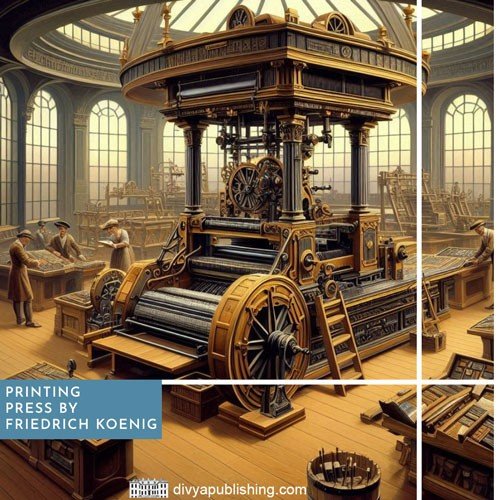
The emergence of metal presses with cylinder technology and the widespread adoption of steam power were pivotal moments in industrial history. But the advent of electricity in the 19th century significantly transformed the printing industry.
Using electricity to power printing presses facilitated the adoption of steam-powered industrial cylinder presses, skyrocketing their productivity to 8,000 sheets per hour, making it suitable for large print runs.
These innovations transformed the printing industry, shaping society, communication, and culture faster than at any other time in history.
Innovation Unleashed: The Dawn of Modern Publishing
It was a golden era for authors with a larger market of educated readers demanding more books and a distribution network powered by steam. Publishers thrived with the increase in demand for books and so did the press barons, as subscriptions and daily sales of newspapers and magazines grew exponentially.
High demand for innovative products and huge profits meant investment in innovation continued unabated and major technological advances in printing produced astonishing developments regularly. Reading became more exciting and fulfilling as advances in printing enabled readers to not only read about travel, for example, but also see the places with high-quality images through developments like;
Lithography (Late 18th Century) new way to print high-quality images using flat stones or metal plates. Lithography, invented in the late 18th century, became popular in the 19th century.
Photography (19th Century) Changed how we see the world in books and newspapers by letting us print real-life pictures.
More demand created a greater need for paper, which was only manufactured from discarded clothing, sailcloth, ropes, and other fibrous products.
Using rags had its challenges. It was a time-consuming process. Rags were expensive to acquire and the resulting paper was coarse and thick, which did not produce a quality end product because of imperfections in the paper.
But the biggest problem was the difficulty in acquiring enough rags to keep up with the demand for paper. By the 18th century, paper mills faced shortages and even publicly solicited for rags. The shift to wood pulp resolved this issue.
Pulp Power: How Continuous Printing Changed Publishing
In 1846, Fenerty and Keller found a way to make paper from wood pulp by means of a mechanical process. Using wood pulp allowed paper mills to tap into an abundant resource (trees) rather than relying solely on scarce linen and cotton rags.
Pulp, made from wood chips, was stronger and the paper was whiter, free of imperfections and more suitable for printing. The transition from rag-based paper to wood pulp was another transformative step for the industry, allowing for greater production capacity and improved paper quality.
Rewriting the Rules: The Impact of Digital Publishing
Innovations Shaping Modern Media
Making high-quality paper faster and in vast quantities, double-sided printing at over 8,000 sheets per hour and real life photo images. What more could the industry do to up their game and enthral readers?
The printing industry continued to evolve with advancements like
Old School, New Rules: How Traditional Tactics Paved the Digital Way
From Local Pages to Global Stages
Before the internet, publishers would gain more readers through creative use of the media. They were among the first to use advertising, submitting articles such as book reviews, author biographies, and later, supporting book sections in papers or magazines. They also used events, such as book fairs and partnering with groups, such as book clubs that could help grow readership. In effect, they would focus on engaging audiences to grow readership.
However, although there was no foresight in these strategies, they unintentionally laid the groundwork for the transition to digital platforms that enabled them to communicate much as they always had, but at a scale several orders of magnitude larger, enabling publishers to reach a global audience more effectively and efficiently.
But this also provided authors with the opportunity to do the same and create a more equal playing field for the first time in 500 years.
Direct Sales and Book Fairs: Publishers have historically participated in book fairs and direct sales events. These gatherings were crucial for promoting new titles, engaging directly with readers, and selling books outside traditional retail environments. Book fairs, such as the Frankfurt Book Fair, which dates back to the 15th century, have played a significant role in the marketing strategies of publishers by providing a platform for rights trading, networking, and showcasing upcoming publications.
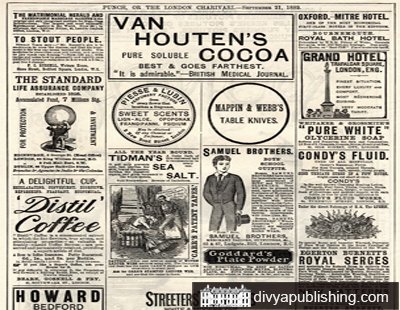
Book Clubs and Reader Subscriptions: Book clubs, such as the Book of the Month Club, offered a unique marketing channel for publishers. By selecting books for their members, these clubs provided a direct route to dedicated readers. Subscription services, where readers would receive a new book periodically, also helped in building a loyal customer base.
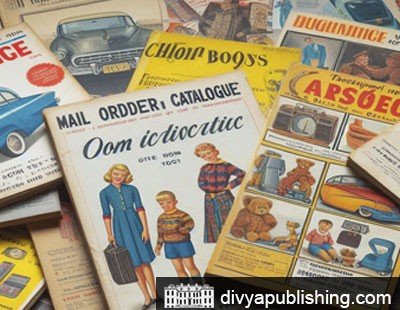
Book Reviews and Author Tours: Getting books reviewed in reputable literary sections of newspapers and magazines has always been a key marketing strategy. Positive reviews from respected critics can significantly boost a book’s visibility and sales. Furthermore, organizing author tours, readings, and signings have been effective ways to generate interest and engage directly with readers.

The Rise of the Paperback: In the 20th century, the introduction of the mass-market paperback revolutionised the publishing industry. Publishers like Penguin Books made literature more affordable and accessible, reaching a wider audience and creating a new market segment.

Print Advertising: Before the widespread use of the Internet, print media was a primary channel for marketing. 1) Publishers would place advertisements in newspapers, magazines, and literary journals to reach potential readers. This method was effective for targeting specific demographics and creating awareness about new releases.
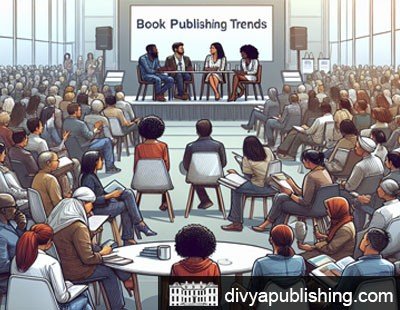
Mail Order Catalogues: Publishers and book clubs utilised mail order catalogues to reach a broader audience. These catalogues were sent directly to homes or made available in bookstores, allowing consumers to order books directly from the publisher. This direct marketing strategy was particularly popular in the mid-20th century and enabled publishers to build a direct relationship with their readers.

Collaborations with Libraries and Educational Institutions: Publishers have worked closely with libraries and schools to promote literacy and encourage reading. By providing books for library collections and developing school reading lists, publishers have marketed their titles directly to educational institutions, reaching a captive audience of avid readers.

Elizabeth Eisenstein, in her excellent and highly cited book, The Printing Revolution in Early Modern Europe said this after reviewing book marketing strategies up to the 20th century:
These strategies, while predating the digital revolution, laid the groundwork for modern marketing techniques by focusing on direct engagement with readers, leveraging media and events for promotion, and building partnerships to expand reach. The transition to digital platforms has amplified these foundational strategies, allowing publishers to engage with a global audience more efficiently.
The Printing Revolution in Early Modern Europe
Elizabeth Eisenstein
Feb 24, 1984
The Digital Revolution
The printing revolution in Early Modern Europe gave rise to some of the most dramatic changes of the Renaissance, the Reformation, and the rise of literacy that finally made possible the boom in publishing.

Online News and Social Media
The web and social media apps like Facebook and Twitter became the new way to find out what’s happening around the world.
Stories and news can be listened to as audio, thanks to better recording and distribution (streaming) technology.

Subscription Services, Audiobooks and Podcasts
Subscription models like Kindle Unlimited and the rising popularity of audiobooks have introduced new revenue streams and marketing opportunities. Audiobooks, in particular, have seen a surge in popularity, with publishers investing in high-quality productions and leveraging platforms like Audible to reach new audiences.

YouTube:
You Tube and other video streaming platforms have revolutionised book adaptation, transforming traditional written narratives into engaging visual content, expanding audience reach and enhancing storytelling through multimedia elements.

The digital revolution has added a new dimension that take the concept of publishing off the printing presses and onto the Internet, video, and audio to bring books to more people in alternative formats.
E-Readers and Tablets
Devices like the Kindle and iPad made carrying and reading books super easy and fun.

Print-on-Demand
Now, books can be printed one at a time, making it easier and cheaper for writers to get published without wasting paper.
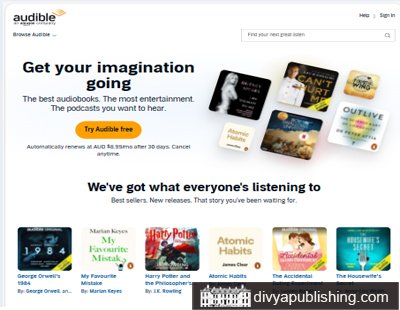
Self-Publishing
The digital era has also democratised the publishing process, allowing authors to bypass traditional publishing houses and directly reach their audience through self-publishing platforms. This shift has led to new marketing strategies, including the use of social media influencers, book bloggers, and online book tours.

The advent of personal computing in the 1980s marked the beginning of significant changes in the publishing industry. Shifts in consumer demand, mergers, acquisitions, and the rise of the internet have fundamentally altered the landscape of publishing, introducing new challenges and opportunities
Evolution of the book publishing industry
Hean Tat Keh
Jun 1, 1998
And so you can see how publishers have ridden on the back of technological evolution to increase readership and their profits over the last 500 years. But the fundamental bedrock of the publishing industry, authors, have not been as lucky.
In Chapter 3: The Digital Revolution in Publishing: Opportunities Unleashed
Shaping the Future of Publishing and Authors
the last article in this series, we look at the opportunities for authors, why they have mainly failed with self-publishing and, most importantly, how to be successful from 2024 onwards.
Related Articles

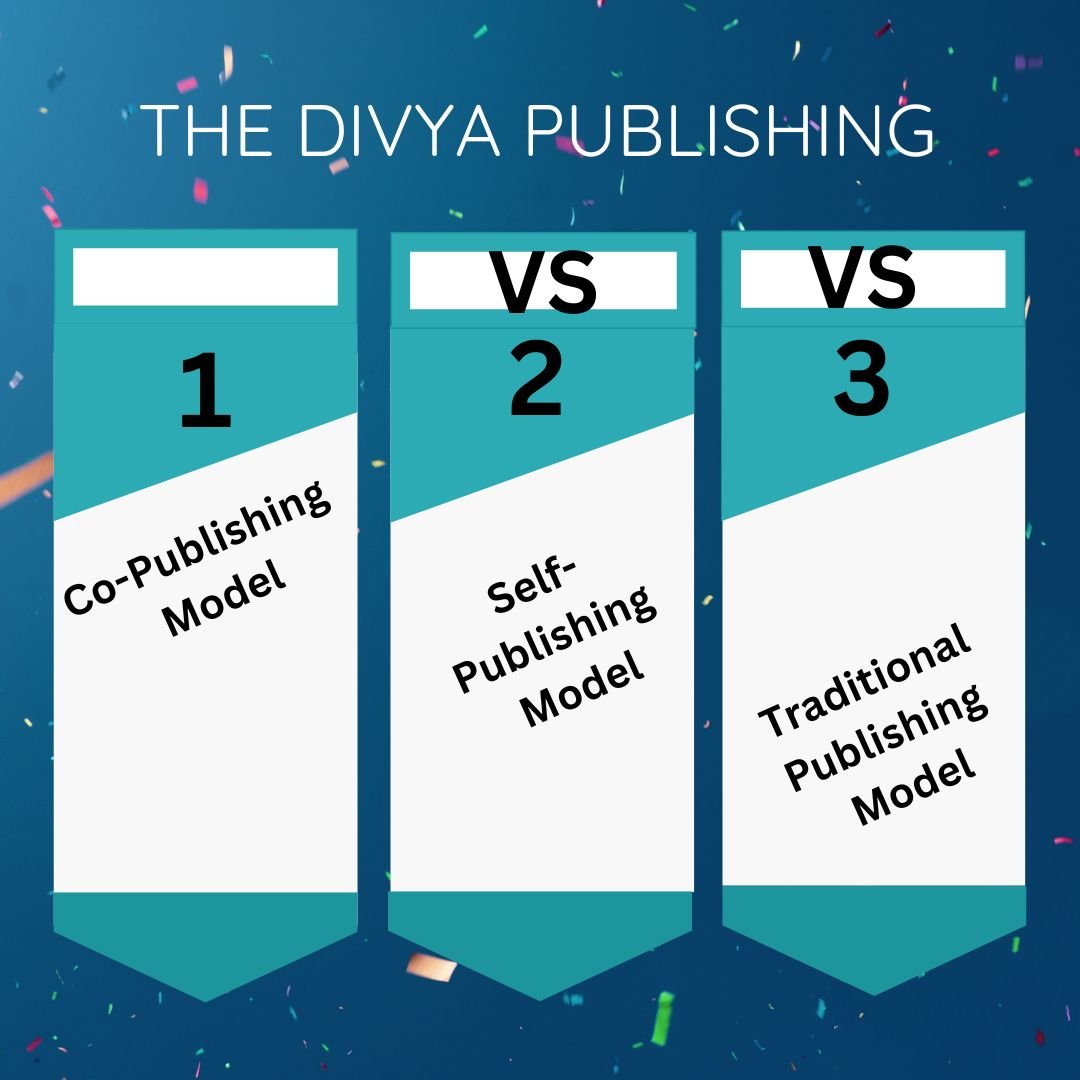
1 Comment
Submit a Comment
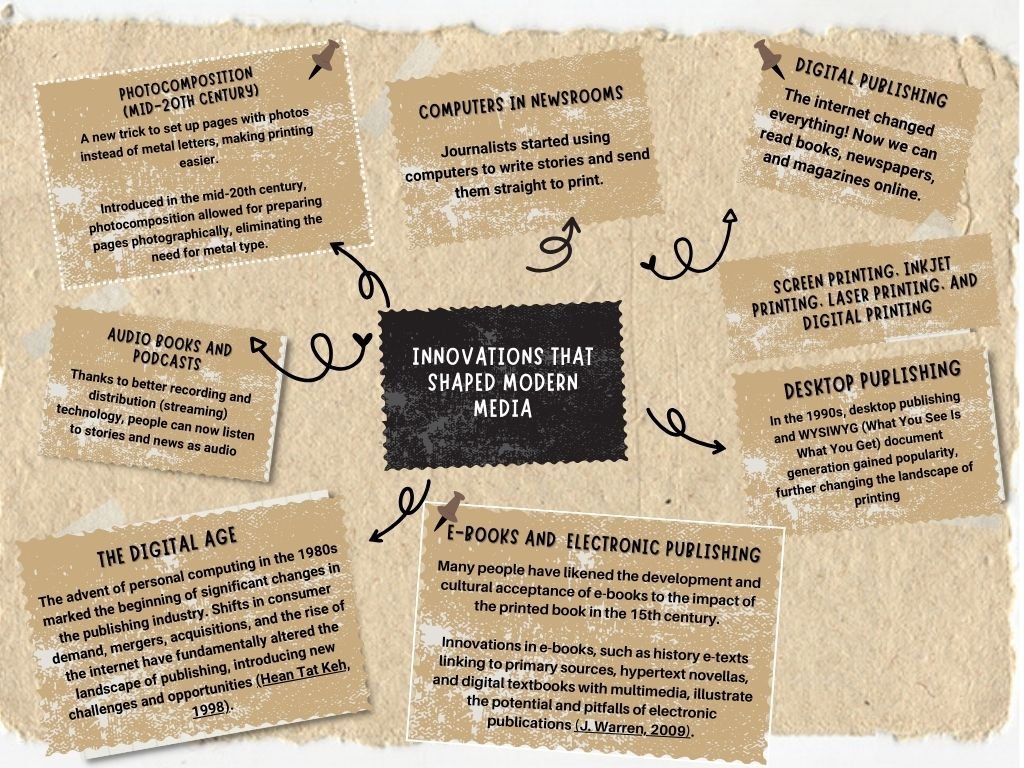


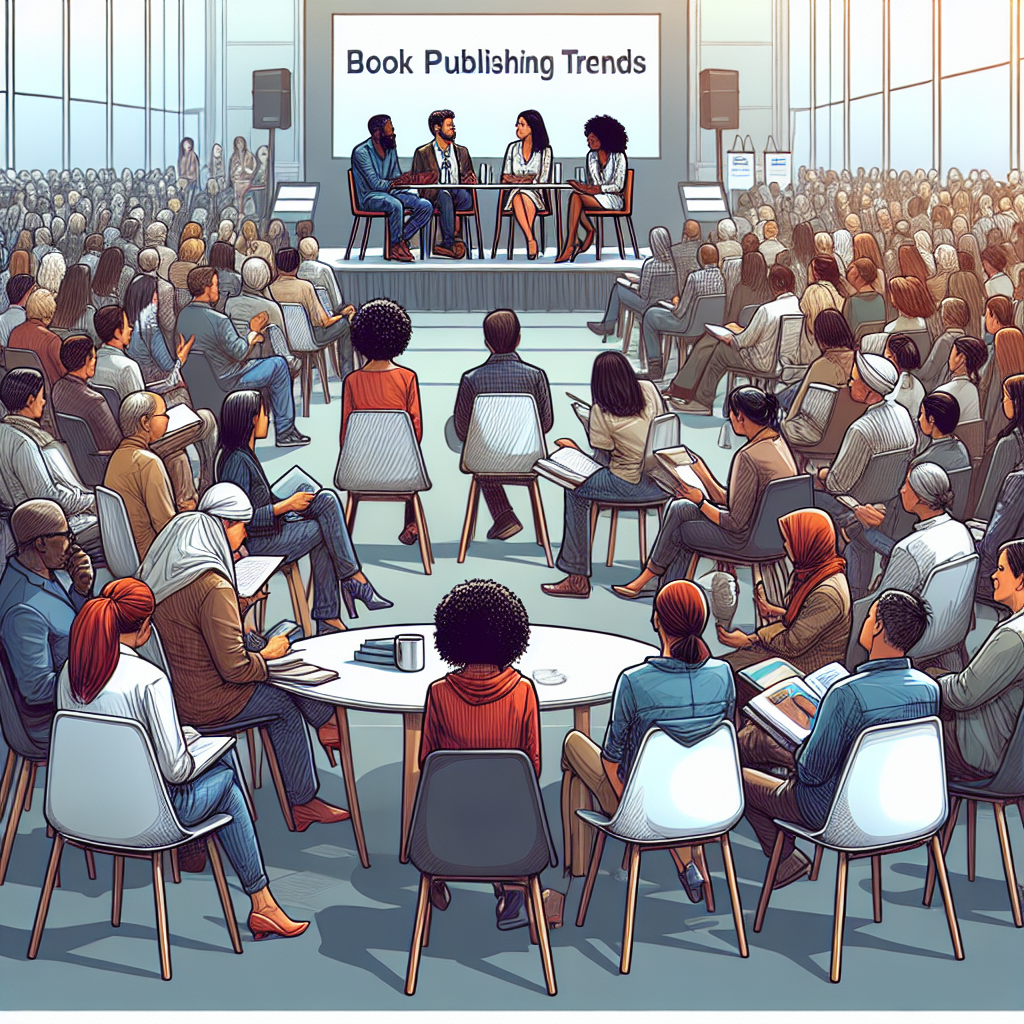





This article is really helpful and I enjoyed reading the same. Thank you